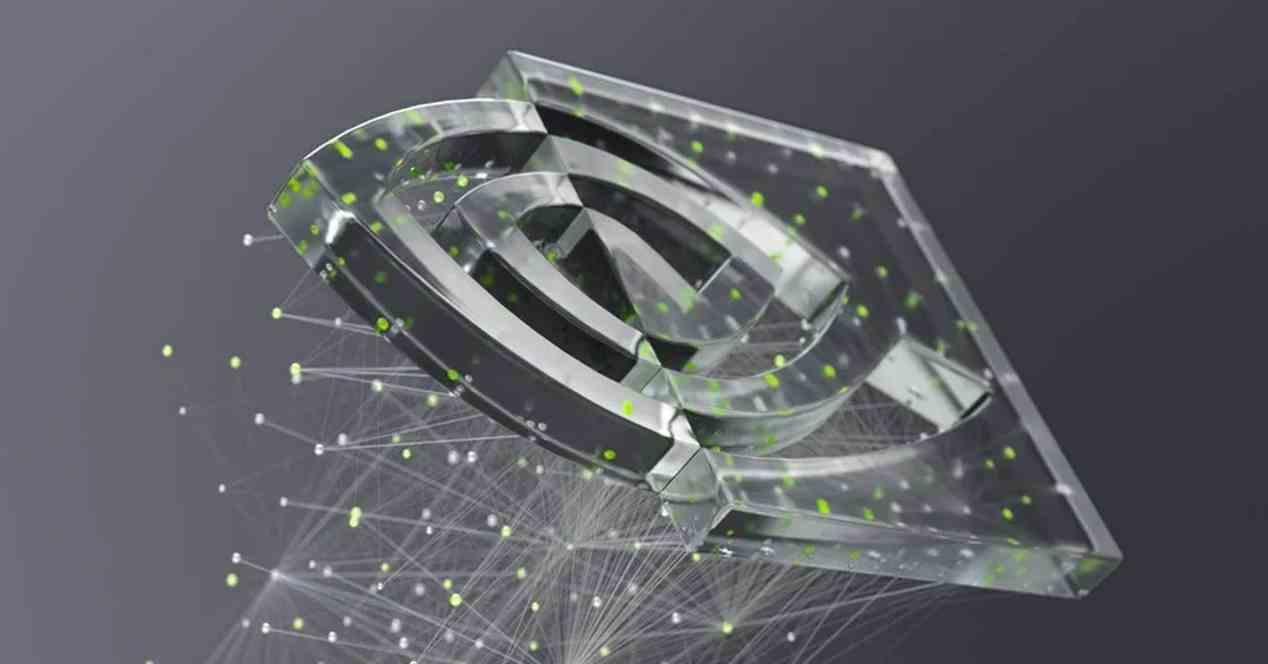So-called artificial intelligence is one of the buzzwords, the reason is that it allows you to automate and do things that were not possible before and all thanks to the development of recent years in this domain. Therefore it is not surprising that NVIDIA Use the AI for design chips. Which will include not only your future PC graphics cards, but the rest of your processors and solutions.
It is not the first time that we have mentioned the use of artificial intelligence for the design of new chips, since a few months ago we were already talking to you about the same news concerning Google. Plus, with Jen Hsun Huang’s company’s strong commitment to artificial intelligence over the past five years, it shouldn’t surprise us that they’ve also automated the creation of new chips in this way.
The design of a new chip is something very complex today. Architecturally, this can be compared to designing an entire city at once with several interconnected components. Which does not mean that future processors on the market will be designed by computers, but it does mean that they will be used for better design. In particular, with regard to the distribution of components, for greater efficiency and performance, as well as to accelerate the time to deployment and, therefore, market launch.
How does NVIDIA use AI to design chips?
Through one of the talks that took place during the GTC, Bill Dally, NVIDIA’s chief scientist and renowned professor, described the use of artificial intelligence to help in the design of new chips. What accelerate the deployment of these on the market. It must be taken into account that one of the most important parts of the design is the so-called Floorplan, which is the distribution of the various components inside the chip, including the internal wiring responsible for the distribution of the energy inside the chip, including the downloads and voltage drops within it.
Nowadays, and whatever company we’re talking about, creating a chip is a daunting task and it’s not just about taking the different blocks and ordering them efficiently. Also on the same block, using AI to design chips at NVIDIA can give them a design with the same features, but much more efficient. How about lower latencies in caches or an RT Core for improved Ray Tracing?
In a clear and simple way, we are talking about the use of technology that allows to obtain possible solutions that, if developed by a human team, would take months of work to obtain a simple solution. After all, and seen from a certain point of view, a chip is nothing more than a logic puzzle with its various logic gates interconnected to each other in specific ways. And that’s something we can teach an artificial intelligence.







